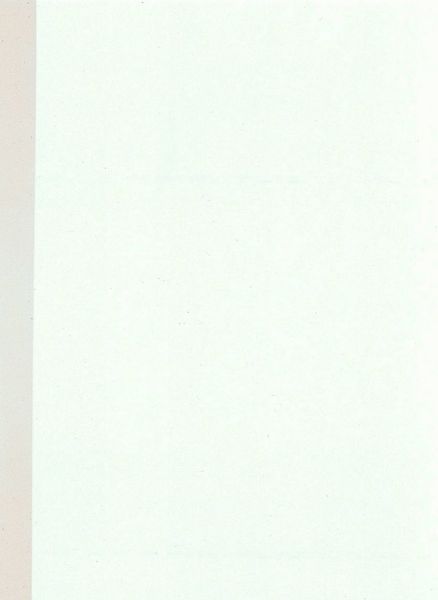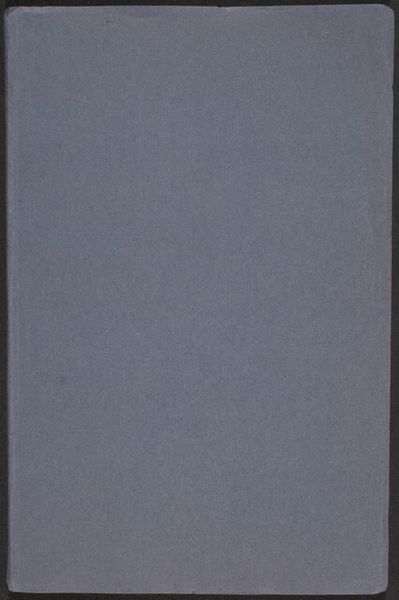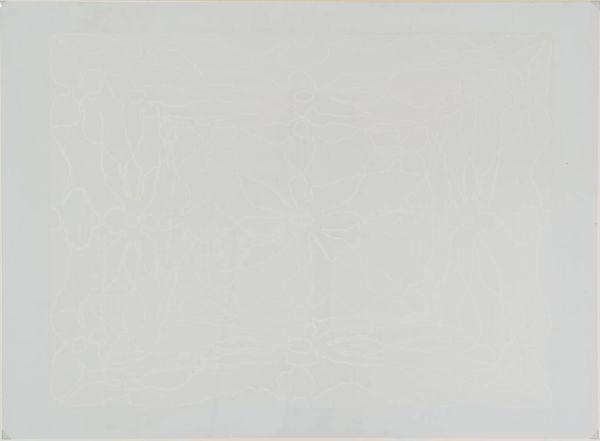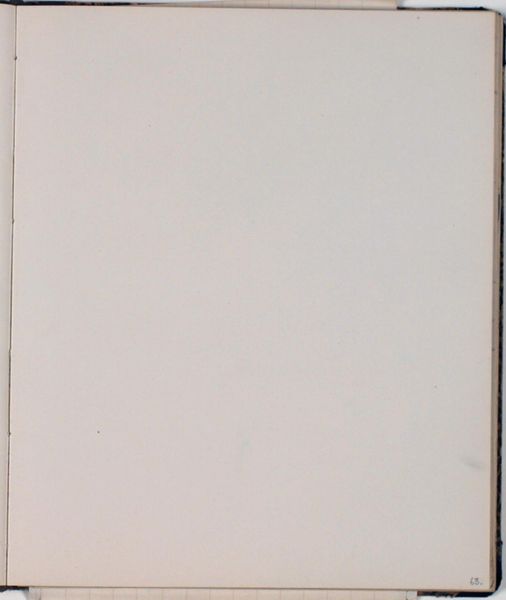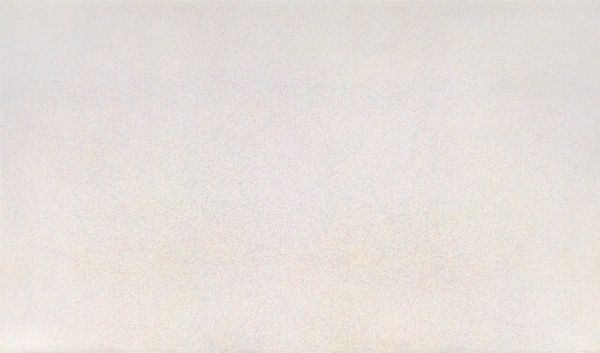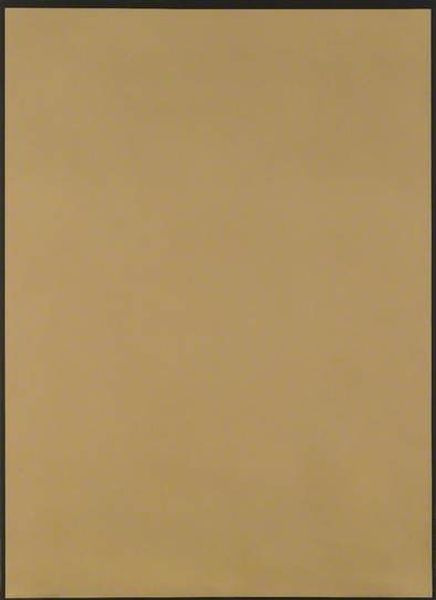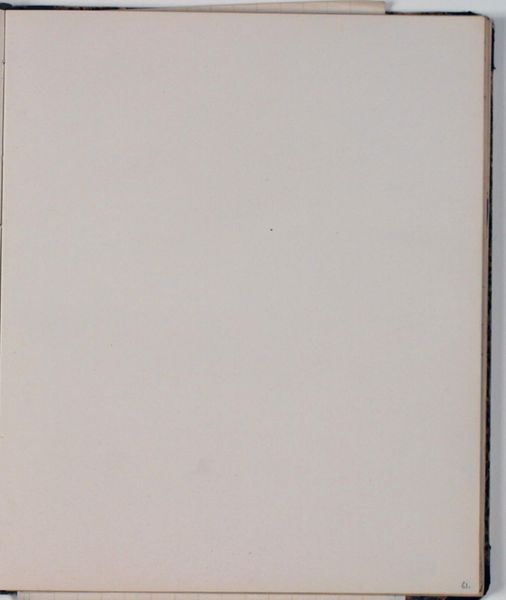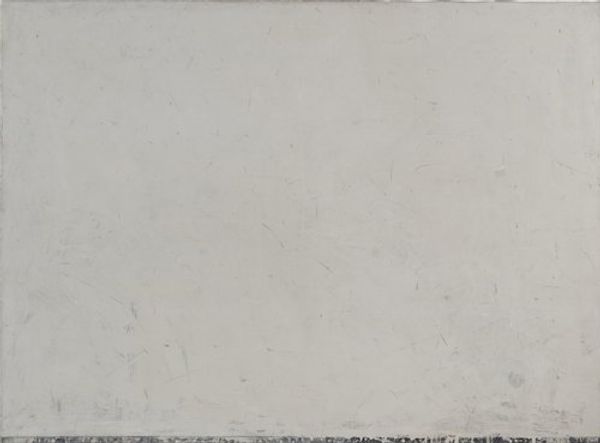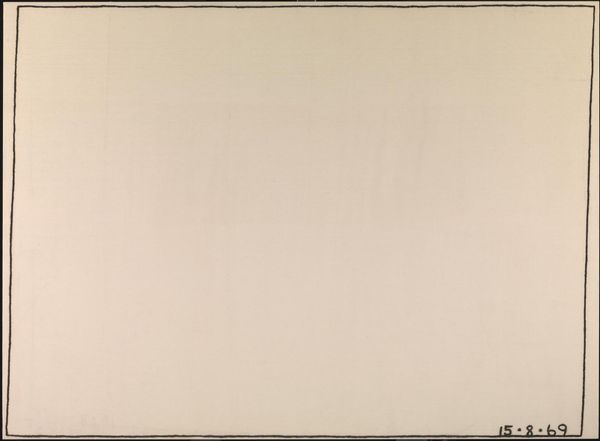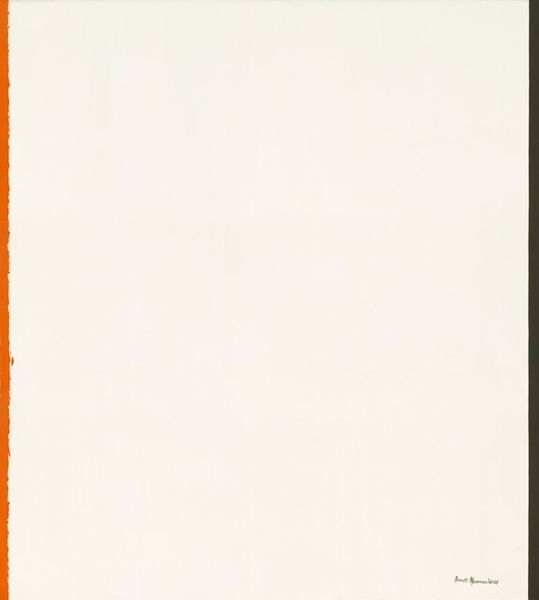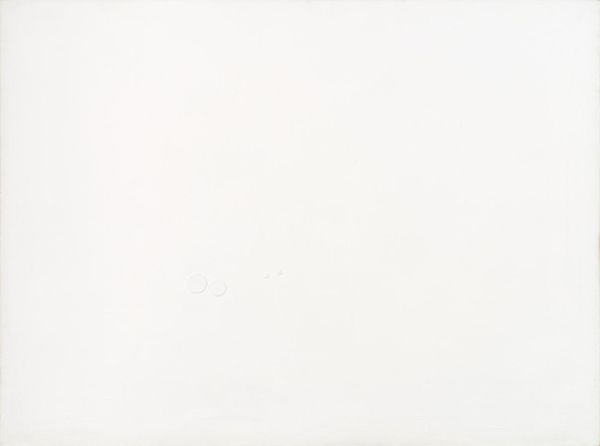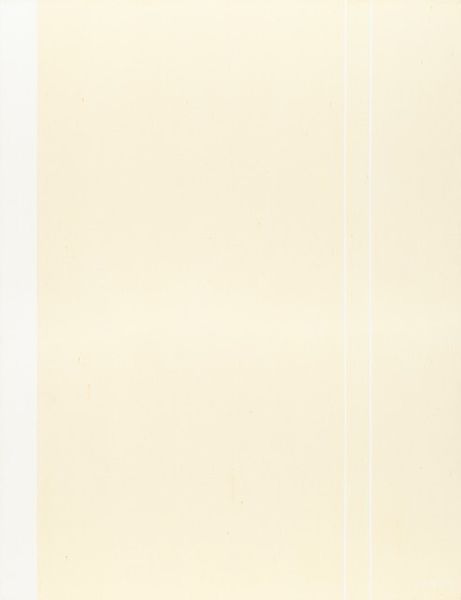
acrylic-paint
#
abstract-expressionism
#
washington-colour-school
#
abstract expressionism
#
abstract painting
#
pop art
#
colour-field-painting
#
acrylic-paint
#
acrylic on canvas
#
geometric-abstraction
#
abstraction
#
line
#
abstract art
#
modernism
Dimensions: 618.5 x 260.4 cm
Copyright: Morris Louis,Fair Use
Editor: So this is Morris Louis's "Beta Upsilon" from 1960, made with acrylic on canvas. The contrasting colorful rivulets on either side, bordering so much blank space, creates a dramatic effect. How do you interpret its impact as a historian? Curator: From a historical viewpoint, it’s fascinating to consider how "Beta Upsilon" challenges conventional notions of painting during the peak of abstract expressionism. Louis deliberately moves away from the gestural, emotive brushwork of his contemporaries. Think about what was deemed ‘important’ in painting at the time. Editor: You mean, like, the artist's visible touch and angst? Curator: Exactly! Instead, he emphasizes pure color and the inherent qualities of the paint itself. He stained the canvas, integrating color directly into the fabric. Consider this in light of Clement Greenberg's theories of modernism at the time – a drive toward the 'pure' essence of each medium. Does it feel apolitical to you, given its formalism? Editor: I guess… I can see it being interpreted as a purely aesthetic experiment, removed from social concerns. But maybe that’s the point? Maybe it’s reacting against the pressure to be overtly political in art? Curator: That's insightful. And how do you think museums influenced this type of artwork? Editor: Good question! I imagine that works like "Beta Upsilon," so minimalist, allowed museums to highlight their formalist agendas. Seeing it today encourages a deeper look at that power structure. I initially just saw the color but knowing about its relationship with society adds so much more nuance. Curator: Indeed. And recognizing that relationship gives it a continuing role to play.
Comments
No comments
Be the first to comment and join the conversation on the ultimate creative platform.
